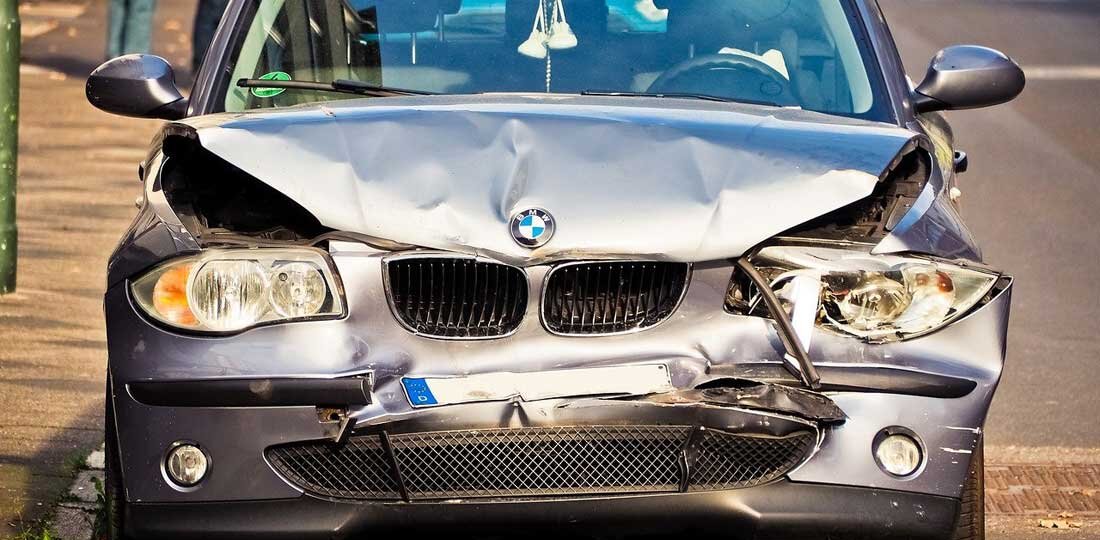
The Basics About Establishing Fault in an Auto Claim
What’s the Difference Between a Fault and No-Fault State?
Most states assign fault for auto accidents. In these states, if you’re found at fault (i.e., negligent) for an accident, your insurance will pay not only for your injuries and property damage but also for the injuries and property damage of the person you hit.
However, 11 states (FL, KS, KY, MA, MI, MN, ND, NJ, NY, PA, and UT) utilize a no-fault system. Here, coverage under your policy called Personal Injury Protection (PIP) pays for your related medical expenses, and the other driver’s PIP pays for their medical expenses, regardless of who is deemed negligent.
But if your injuries exceed your underlying PIP and the other party was negligent (determined to be at fault) for the accident, you can then seek reimbursement for the excess charges under the other driver’s bodily injury (BI) coverage and vice-versa.
With this said, the other driver’s property damage (PD) coverage would still pay to repair your vehicle if they were found negligent, even in a ‘no-fault’ state.
Speaking of which, there are three types of negligence: pure contributory, pure comparative, and modified comparative, each of which can impact how an auto policy pays out. Let’s zoom in and take a closer look at each one.
Pure Contributory Negligence
When it comes to pure contributory negligence, drivers must be deemed entirely blameless in an accident in order to receive a payout.
For example, imagine that another vehicle rear-ends you in stop-and-go rush hour traffic. Although it’s typically easy to determine fault in a rear-end accident, the claims adjuster learns that you were texting while driving and that you slammed on your brakes due to inattentiveness.
As a result, the adjuster assigns you 5% at fault for the accident. And because you were found at least partially negligent, you wouldn’t be able to recoup your expenses from the other party’s insurance.
With these details in mind, six states use contributory negligence when determining fault for an auto claim:
- Alabama
- District of Columbia
- Maryland
- North Carolina
- Virginia
Pure Comparative Negligence
In a pure comparative negligence state, each driver is assigned a percentage of fault.
For example, imagine that you’re involved in an accident, and the claims adjuster determines that the other party was 70% at fault. In this scenario, you could recoup 70% of your damages from the other party’s insurance, while your policy will pay for the remaining 30%.
The following states use pure comparative fault for auto accidents:
- Alaska
- Arizona
- California
- Florida
- Kentucky
- Louisiana
- Mississippi
- Missouri
- New Mexico
- New York
- Rhode Island
- Washington
Modified Comparative Negligence
When it comes to modified comparative negligence, you cannot recoup costs from the other party in the accident if you’re more than 50% or 51% (depending on the state) at fault.
For example, if you’re involved in an accident and deemed 40% at fault, you would be able to recoup 60% of your damages from the other party. However, if you’re found 55% at fault, you wouldn’t be able to recover any damages.
In total, 33 states use modified comparative negligence when determining fault for a car accident:
- Arkansas
- Colorado
- Connecticut
- Delaware
- Georgia
- Hawaii
- Idaho
- Illinois
- Indiana
- Iowa
- Kansas
- Maine
- Massachusetts
- Michigan
- Minnesota
- Montana
- North Dakota
- Nebraska
- Nevada
- New Hampshire
- New Jersey
- Ohio
- Oklahoma
- Oregon
- Pennsylvania
- South Carolina
- Tennessee
- Texas
- Utah
- Vermont
- West Virginia
- Wisconsin
- Wyoming
Wondering If You’re At-Fault For an Auto Accident?
While the professional staff at IHS Insurance Group can’t determine fault (that’s up to the claims adjuster) for your auto accident, we can walk you through the process and answer any questions you might have. This way, we can help put your mind at ease!
Need a FREE Quote or have questions regarding Auto Insurance Coverage? We have two convenient ways to reach us:
- If you prefer to talk to a licensed agent directly, please call (866) 480-5063.
- If you prefer to fill out a quick form and have an agent get back to you at your convenience, use the GET A FREE QUOTE.
- Lastly, for those that want an immediate quote, please click HERE.
We look forward to speaking with you today!
